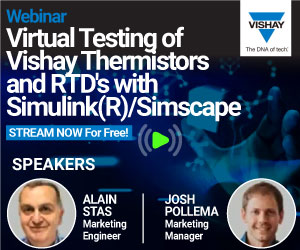Taking cues from the way starfish flip and cling, researchers have designed a flexible heart monitor with five soft arms that maintain skin contact—even while you’re in motion.

A wearable device inspired by the starfish could soon revolutionize how we monitor heart health. Developed by researchers at the University of Missouri, the biomimetic device captures both electrical and mechanical heart signals simultaneously—even during physical activity—and uses AI to detect potential heart issues with over 90% accuracy.
Unlike traditional smartwatches that rely on a single contact point, this starfish-shaped monitor features five flexible arms that attach near the chest, offering more stable, high-fidelity signal collection. The design, modeled after how starfish coordinate their arms to flip over, ensures consistent readings even during motion—a major limitation in current wearables.
“Each of the five arms is embedded with sensors that gather both types of heart data at once, something most current devices can’t do,” said Sicheng Chen, lead author and postdoctoral fellow. This dual-signal capability provides a more comprehensive view of cardiovascular health, reducing the need for multiple diagnostic tools.
The wearable syncs with a smartphone app that displays real-time data and analysis. Behind the scenes, AI trained on a large dataset of heart signals identifies abnormalities and filters out motion-induced noise. With Bluetooth support, healthcare providers can monitor patient data remotely, allowing for early intervention between clinical visits. This is a major advantage over traditional tools like Doppler ultrasounds, which often require patients to stay still.
The team is also addressing wearability challenges. Current prototypes attach to the skin using gel, but future iterations will incorporate breathable, skin-friendly materials to reduce irritation and improve long-term use. The device also supports wireless charging during wear, eliminating downtime. Still in development, this innovation combines nature-inspired design, AI, and bioengineering to offer a smarter, more user-friendly way to monitor heart health—anytime, anywhere.









